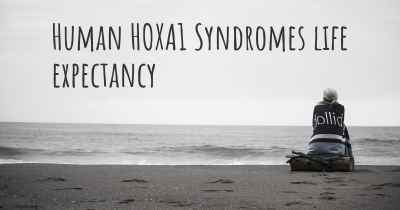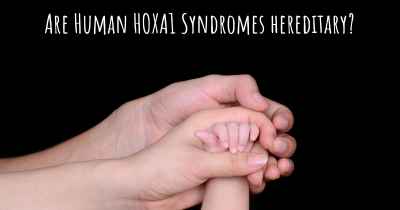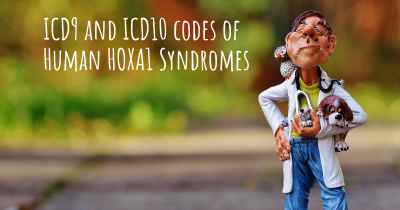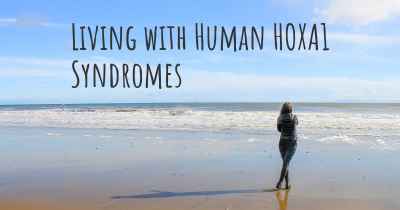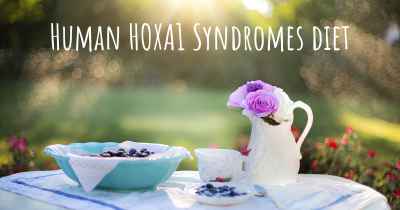Is it advisable to do exercise when affected by Human HOXA1 Syndromes? Which activities would you suggest and how intense should they be?
See if it is advisable for people with Human HOXA1 Syndromes to practice sports and which ones are the most recommended if you have Human HOXA1 Syndromes
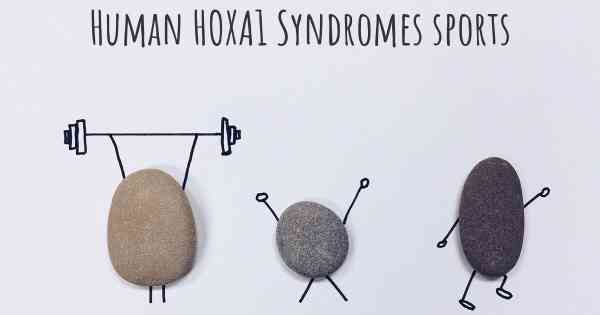
Human HOXA1 Syndrome is a rare genetic disorder that affects the development of various parts of the body, including the brain, ears, and face. It is caused by mutations in the HOXA1 gene, which plays a crucial role in embryonic development. Individuals with this syndrome may experience a range of symptoms, such as hearing loss, facial abnormalities, and developmental delays.
When it comes to exercise and physical activity for individuals affected by Human HOXA1 Syndrome, it is important to consider their specific needs and limitations. As with any medical condition, it is advisable to consult with a healthcare professional or a specialist who can provide personalized guidance.
Benefits of Exercise
Engaging in regular exercise can have numerous benefits for individuals with Human HOXA1 Syndrome. Exercise can help improve overall physical health, enhance cardiovascular fitness, strengthen muscles, and promote better coordination and balance. Additionally, exercise can have positive effects on mental well-being, including reducing stress and improving mood.
Recommended Activities
The choice of activities should be based on the individual's abilities, preferences, and any specific recommendations from healthcare professionals. Here are some suggested activities that may be suitable for individuals with Human HOXA1 Syndrome:
- Low-impact exercises: Activities such as walking, swimming, or cycling can be gentle on the joints and provide cardiovascular benefits without placing excessive strain on the body.
- Strength training: Incorporating light resistance exercises using bands or light weights can help improve muscle strength and tone. It is important to start with low resistance and gradually increase as tolerated.
- Balance and coordination exercises: Engaging in activities that challenge balance and coordination, such as yoga or tai chi, can help improve stability and body awareness.
- Flexibility exercises: Stretching exercises can help improve flexibility and range of motion. It is important to perform stretches gently and avoid overstretching.
Exercise Intensity
The intensity of exercise should be tailored to the individual's abilities and fitness level. It is generally recommended to start with low to moderate intensity activities and gradually increase as tolerated. The goal is to engage in exercise that is challenging but not overly strenuous. Monitoring heart rate can be a useful tool to gauge exercise intensity, but it is important to consult with a healthcare professional for specific recommendations.
Precautions and Considerations
While exercise can be beneficial, it is important to take certain precautions and considerations for individuals with Human HOXA1 Syndrome:
- Supervision: Depending on the individual's abilities and any associated medical conditions, it may be necessary to have supervision during exercise to ensure safety.
- Adaptations: Some individuals may require adaptations or modifications to exercises to accommodate their specific needs. This can include using assistive devices or adjusting the intensity or duration of activities.
- Individualized approach: Each person with Human HOXA1 Syndrome is unique, and their exercise program should be tailored to their specific abilities, limitations, and goals. Consulting with healthcare professionals or specialists can help create an individualized plan.
Conclusion
Engaging in regular exercise can have numerous benefits for individuals affected by Human HOXA1 Syndrome. It is important to consult with healthcare professionals or specialists to determine the most suitable activities and exercise intensity based on the individual's abilities and specific needs. With proper guidance and precautions, exercise can contribute to improved physical and mental well-being for individuals with Human HOXA1 Syndrome.
